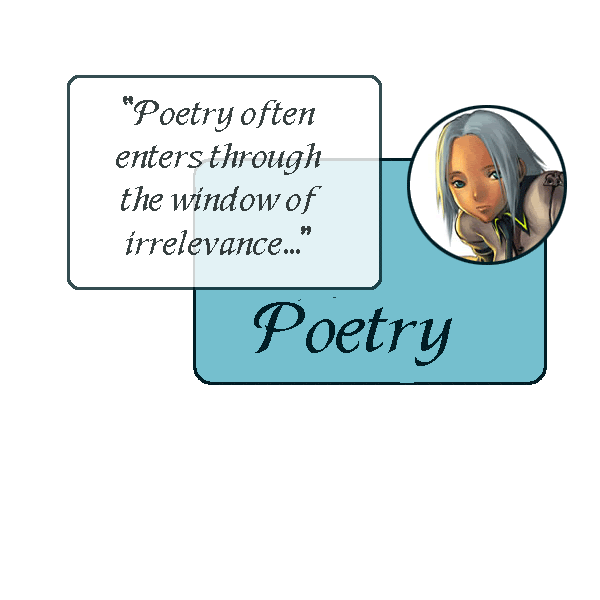 this image found on biobreak.files.wordpress.com
this image found on biobreak.files.wordpress.comHaiku is a form of Japanese poetry that consists of 17 syllables in three metrical phrases of 5, 7, 5 syllables per line. Traditionally, a haiku poem consists of kigo or a seasonal reference, and a kireji or verbal pause to break up the line, also called a caesura.
The best known Japanese Haiku is by a man named Matsuo Bashō. He was known for his clear and brief haiku. His most famous one is featured below.
furu ike ya / kawazu tobikomu / mizu no oto
an ancient pond / a frog jumps in / the splash of water [1686]
from the haiku found on Wikipedia page about Matsuo Bashō.
Other Haiku Examples:
Cloud Fight a Haiku
Clouds shift on grey sky
Fighting for territory
Rain softens their hearts.
@allpoetry.com
clamour
a radio
throwing clamour of FM station
in a kitchen
@allpoetry.com
black board
black board
showing experiment of something new
a teacher
@allpoetry.com
Huh?
hammers on metal
never on the trees
hard-headed woodpecker
@allpoetry.com
Stalker
Facebook, Live, Myspace:
Tu casa es mi casa.
Your secret is saved.
@fictionpress.com
The bus is shockingly yellow amongst those drifts
Feb-brrr-uary
snow, no school snow, predicted
by the news—Liars!
@fictionpress.com
Thanksgiving’s Undying Shame
Four in the morning,
frantic call to butterball
—the turkey's not thawed.
Last night's fun mocks me
with this clammy, naked bird—
at least, the beer's cold.
Mother you are right.
I am immature, too young
to sport your apron.
Here-take it, I'll watch.
@fictionpress.com
More poetry next week

